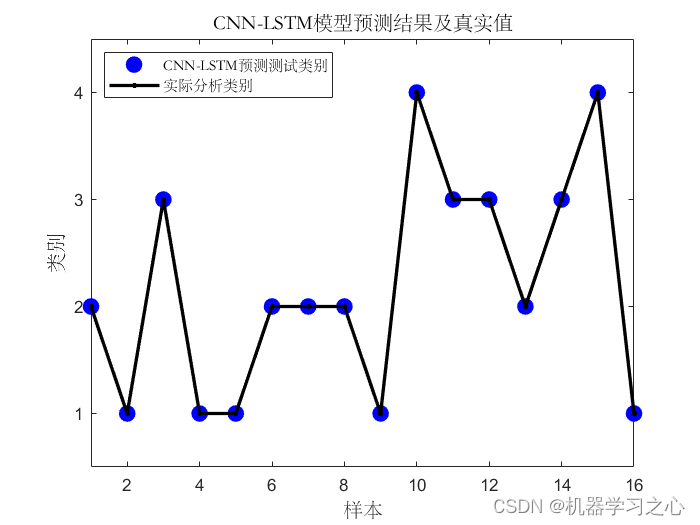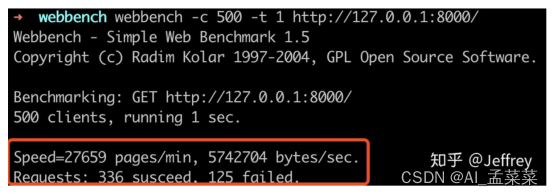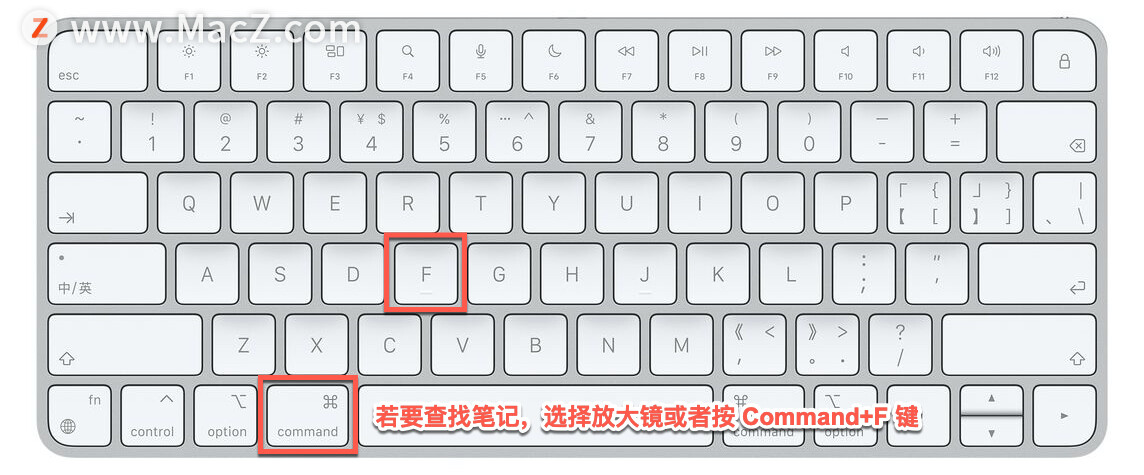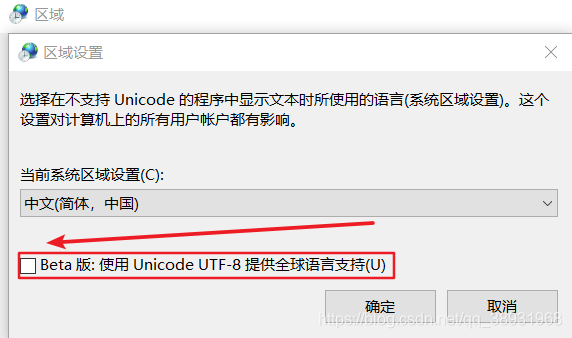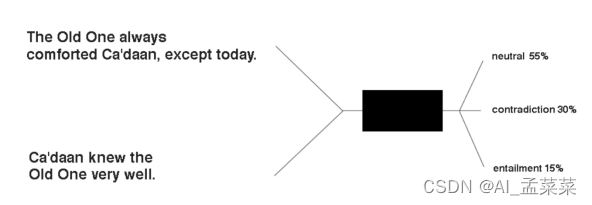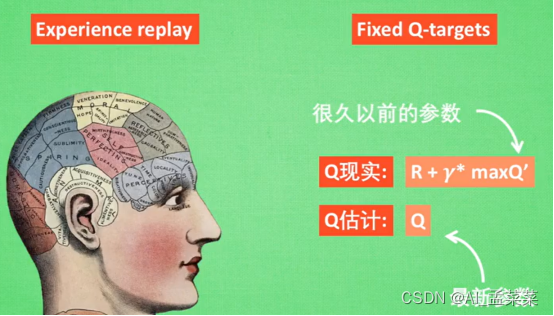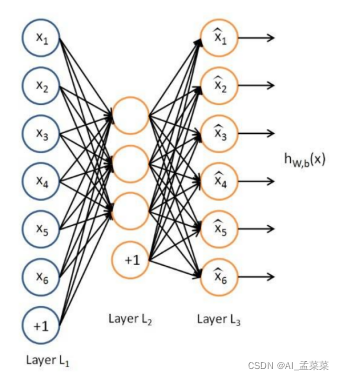当前位置:网站首页>Official explanation, detailed explanation and example of torch.cat() function
Official explanation, detailed explanation and example of torch.cat() function
2022-08-09 10:45:00 【Fuzzy Pack】
You can directly see the example below,Look back at the previous explanation,就很明白了.
在pytorch中,常见的拼接函数主要是两个,分别是:
stack()cat()
一般torch.cat()是为了把多个tensorexist for splicing.实际使用中,和torch.stack()使用场景不同:参考链接torch.stack(),But this article mainly sayscat().
torch.cat() 和python中的内置函数cat(), in use and purpose,是没有区别的,The difference is that the former operation object istensor.
1. cat()
函数目的: 在给定维度上对输入的张量序列seq 进行连接操作.
outputs = torch.cat(inputs, dim=?) → Tensor
参数
- inputs : 待连接的张量序列,可以是任意相同
Tensor类型的python 序列 - dim : 选择的扩维, 必须在
0到len(inputs[0])之间,沿着此维连接张量序列.
2. 重点
- 输入数据必须是序列,序列中数据是任意相同的
shape的同类型tensor - 维度不可以超过输入数据的任一个张量的维度
3.举例子
- 准备数据,每个的
shape都是[2,3]
# x1
x1 = torch.tensor([[11,21,31],[21,31,41]],dtype=torch.int)
x1.shape # torch.Size([2, 3])
# x2
x2 = torch.tensor([[12,22,32],[22,32,42]],dtype=torch.int)
x2.shape # torch.Size([2, 3])
- 合成
inputs
'inputs为2个形状为[2 , 3]的矩阵 '
inputs = [x1, x2]
print(inputs)
'打印查看'
[tensor([[11, 21, 31],
[21, 31, 41]], dtype=torch.int32),
tensor([[12, 22, 32],
[22, 32, 42]], dtype=torch.int32)]
3.查看结果, 测试不同的dim拼接结果
In [1]: torch.cat(inputs, dim=0).shape
Out[1]: torch.Size([4, 3])
In [2]: torch.cat(inputs, dim=1).shape
Out[2]: torch.Size([2, 6])
In [3]: torch.cat(inputs, dim=2).shape
IndexError: Dimension out of range (expected to be in range of [-2, 1], but got 2)
You can copy the code and run it and you will find the rules.
总结
通常用来,把torch.stack得到tensorexist for splicing.
边栏推荐
猜你喜欢
随机推荐
非科班毕业生,五面阿里:四轮技术面+HR一面已拿offer
mongodb学习笔记
cesium加载地图
How tall is the B+ tree of the MySQL index?
认识
UNIX Environment Programming Chapter 15 15.6 XSI IPC
深度学习--神经网络(基础讲解)
笔记本电脑使用常见问题,持续更新
caffe ---make all编辑出错
ESIM(Enhanced Sequential Inference Model)- 模型详解
antd的Table列选择、列拓展
Probably 95% of the people are still making PyTorch mistakes
numpy的ndarray取数操作
上传张最近做的E2用的xmms的界面的截图
关于anaconda中conda下载包或者pip下载包很慢的原因,加速下载包的方法(无视anaconda版本和环境)
深度学习--循环神经网络(Recurrent Neural Network)
批量转换经纬度的网页实现方法
json库的dumps()方法和loads()方法
Cpolar内网穿透的面板功能介绍
xmms的歌词显示及音量控制OK
